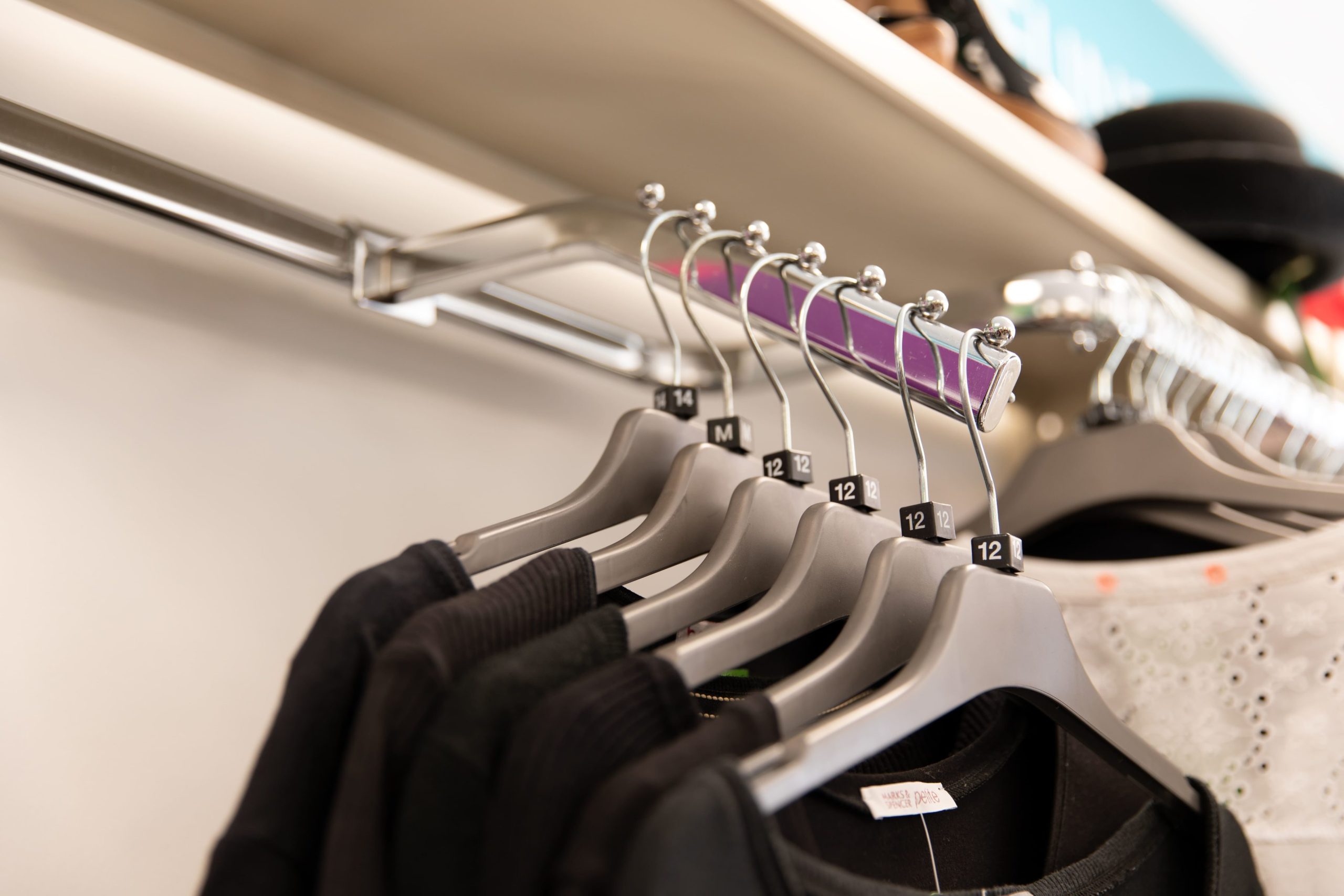
The term GNFR has been used by retail chain stores for decades and describes procurement of a particular group of products. But what GNFR and what are the opportunities available for retailers to achieving a successful procurement strategy.
With retail having to be more agile than ever before, often responding with lightning speed to customer demand, changing market conditions and impacts on value chains – the world of GNFR is likely to be overlooked. But at what cost?
GNFR or Goods Not for Resale describes a very important area of product procurement in Retail. GNFR are the products that every retail business needs in order to remain operational. GNFR could typically be anything from shopping baskets to tickets and labels, coat hangers, till rolls, stationery, cleaning equipment, price guns to the tea and biscuits for your staff.
Looking at the retail sector and Marks & Spencer, their GNFR procurement includes spend on professional services, store equipment, design services and stationery and office supplies. Their GNFR spend also includes logistics operations, marketing materials, technology, HR, property, facilities management and packaging*, They have over 1800 GNFR suppliers across their operation, helping to support their teams serve over 30 million customers every year. Their GNFR procurement strategy shows they consolidate their spend to 95% with 250 top suppliers. But that’s still a huge number of GNFR suppliers to manage and the resource this takes must be considerable.
Taking a leaf out of Marks & Spencer’s book, the principle of consolidating GNFR procurement efforts will help to streamline and maximise the buying process for any retail business. Marks and Spencer outline the fact they work with trusted partners to support their growth journey and quality control. These reliable and long-term partnerships are extensions of your own business, making informed decisions based on your best interests. This makes supplier management so much more simplified, helping to free up resources from administrative burden.
It’s often quoted that that everyday consumables that keep your business running can add up to between 20% and 30% of your running costs and that every individual transaction can cost up to £50 in time and resource. Even with GNFR accounting for a significant chunk of the operational expenses, it is rarely focused on or examined to the same degree as GFS (Goods for Sale) in terms of leveraging this spend to its fullest.
So there are huge opportunities here for retailers to get smart with their consumables spend, and actually gain many other benefits too such as progress towards sustainability goals.
Getting visibility and a good understanding on spend can be challenging when dealing with numerous suppliers. Inventory management can also be a concern when trying to get a complete picture of stock levels from numerous suppliers which can have an impact on budgets, spend levels and accurate forecasting.
On top of this, the administrative burden of processing maybe hundreds of quotes, purchase orders, invoices and petty cash can be significant.
Working with multiple suppliers can also mean you miss out on developing innovative solutions and sustainable alternatives as there is often not enough time to dedicate to working with large numbers of suppliers meaning opportunities can be missed.
Consolidating GNFR spending with one supplier for your consumables for example will help to create a partnership built entirely around your needs, where you can take advantage of competitive pricing, sustainable product innovation, unlocking all those hidden costs to drive efficiencies.
Visual merchandising is your opportunity to make your precious GNFR spend work hard for you! Spend on shop fittings, display systems, instore-fragrances, music, mannequins, lighting, stylish wall graphics and collectables all set the scene and create your vibe. This all helps to attract footfall, enhancing the customer experience and in turn influences their spend, similar to marketing materials, within your stores. GNFR purchases done with imagination as well as an analytical eye is the very best of both worlds
While GNFR procurement might not be the most glamorous aspect of retail, it presents a significant opportunity for improving efficiency and profitability. By giving GNFR the strategic attention it deserves, retailers can unlock hidden value, streamline operations, and gain a competitive edge in today’s challenging retail landscape.
By optimising your GNFR strategy, you’re not just saving on costs – you’re investing in the smooth, efficient operation of your business and providing a solid customer buying process. And in the long run, that’s what keeps your customers coming back and your brand growing.
If your consumables supplier cannot offer
and all in 1 monthly invoice, why not get in touch with us at hello@acopia.co.uk or read more about what we can offer here when it comes to single source procurement for GNFR.* Marks & Spencer Corporate Statement